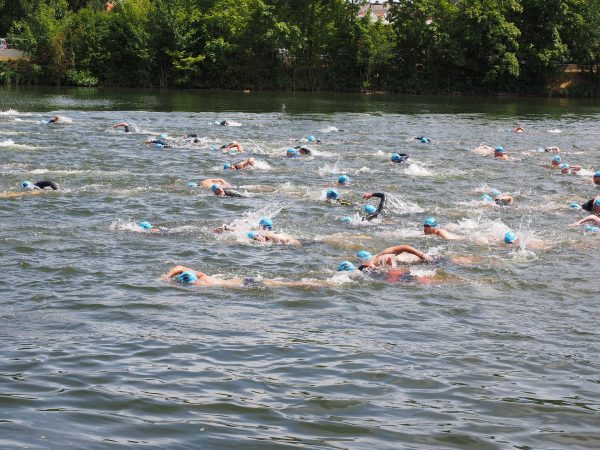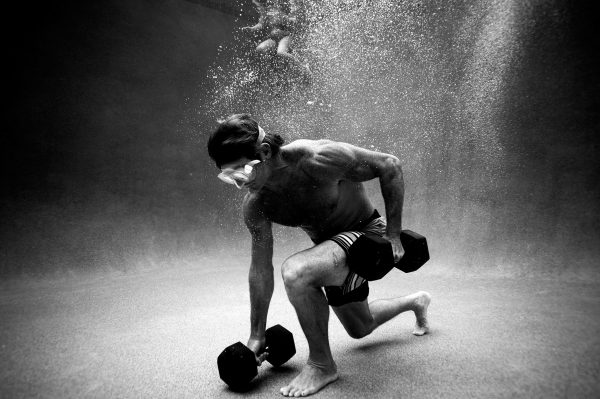XPT for the TRI
August 21, 2019
A few months after the Las Catalinas TRI in February, the XPT crew will come to Las Catalinas to host an immersive experience in the life-changing training regimen. But here are a few reasons why now might be as good a time as any to begin training with XPT, especially with the TRI just around the corner.
Extreme Performance Training, or XPT for short, is a comprehensive performance lifestyle training that focuses on the human ability to adapt to extreme conditions and continue to perform. Focusing on three key areas -- Breathe, Move, and Recover -- XPT provides training to adapt to high and low temperatures, operate underwater or in low oxygen, and continue to perform at a high physical level of both strength and cardio even at the point of exhaustion. These are all key elements refined by founders Laird Hamilton and Gabby Reece after decades at the highest levels of world sports.

The benefits of XPT -- heightened performance even in extreme environments -- are immediately valuable to every triathlete. The ocean swim at the beginning of the race, thought by many to be the most difficult portion of the race, presents low temperatures and a need for comfort in and around breaking waves. Factor in the crowd at the beginning of the race, collisions and crashes, and the XPT emphasis on remaining calm in what is an inherently stressful situation, and the open water leg is practically tailor made for XPT's teachings.

There’s value and competitive advantage to be gained on the race’s two transitions as well, with sudden adaptation required to move from cold to hot and continue performing, especially as muscle groups shift responsibilities and adapt to the change of movement. Getting through the transition from biking to running, the worst “bricking” in the race, draws heavily on all three of XPT's pillars, utilizing XPT's specialized techniques to adapt the body faster than it might normally.

Now, there are a few specific areas that will help complement XPT, primarily focused on the unique challenges presented by a triathlon. XPT focuses on a combination of strength and cardio, which is fundamental to triathletes, but workouts usually top off at around 45 minutes to an hour, and focus more on comparatively high intensity activities for shorter bursts of time. Triathlons, especially longer triathlons, require a different kind of energy than the high intensity of XPT, so make sure to pepper in a few longer training runs to ensure that you’re comfortable with the extended activity. There’s also the question of comfort and familiarity -- with biking, running, and swimming, there are significant gains in efficiency and speed to be made through skill, so make sure to get those hours in. In all three disciplines, attention to excellent technique and efficient form during training will provide a race day advantage.


In all, the XPT training regimen provides a tremendous baseline of fitness, strength, and adaptability training that is an excellent jumping off point for triathlon. The increase in comfort under pressure, power and cardio, and sustained performance is useful in any sport, and holds particular value to some of the most challenging aspects of triathlons. Remember to include longer distance training and make sure that you’re comfortable in the water, on a bike, and running, and you should be set to see major improvements going into February.